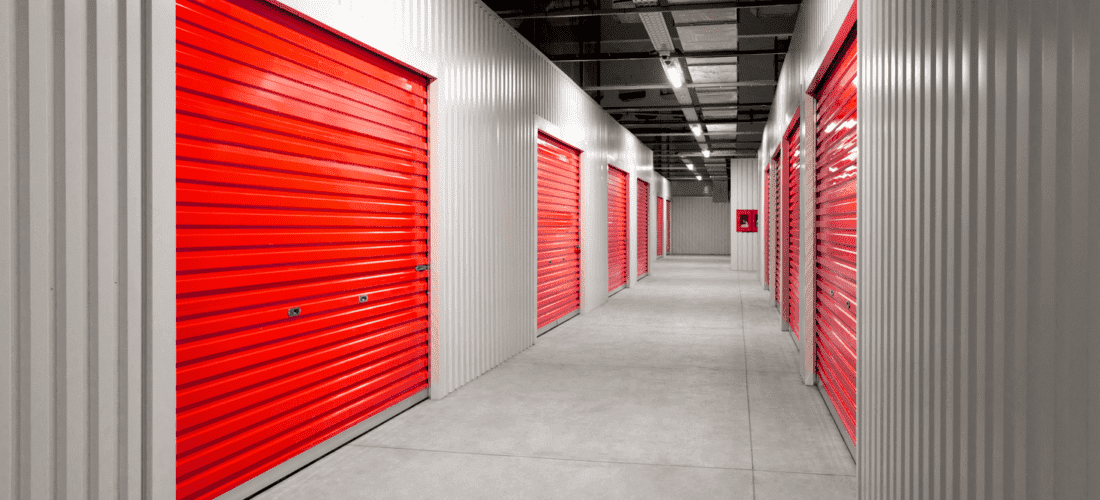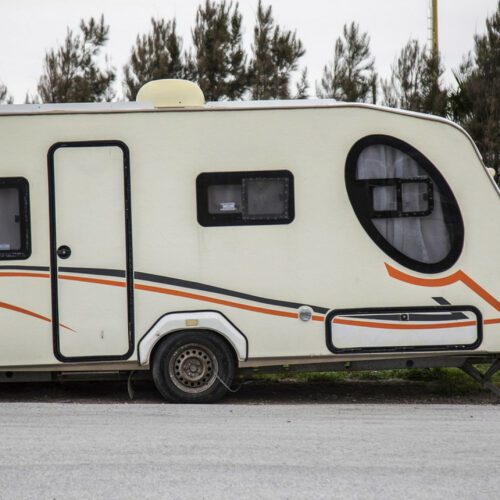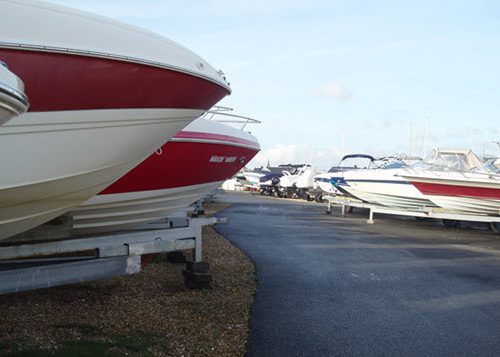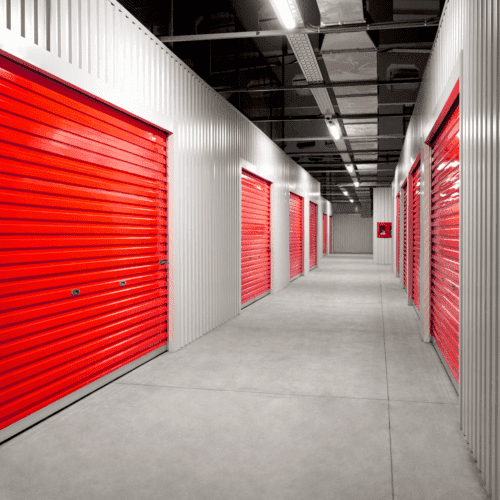Recently the National Australia Bank conducted a comprehensive review of the Australian self-storage industry. The report is a must read for anyone who rents storage space, as it looks at the industry’s key drivers and provides a detailed overview of the economic state of the sector.
This detailed report is full of interesting stats and observations about not only the industry itself, but also the demographics of its customers.
The self-storage sector
A self-storage business provides storage space in the form of rooms, lockers, containers, and/or outdoor space in which tenants can store and access their goods. By and large clients are looking for furniture storage, car storage and boat storage.
The self-storage industry was first started in the USA in the 1960s, and in Australia in the 1970s. In both the US and Australia, self storage properties are now considered a well-established class of commercial real estate.
According to the report, “underlying demand at the customer level for self-storage continues to grow due to its clear and simple demand drivers.”
What’s driving demand?
Greater customer awareness – now that the self-storage industry in Australia is well established, there is greater customer awareness and appreciation of its offerings than ever before.
Changes to living arrangements – an increase in higher density living in Australia’s capital cities, housing affordability and the recent trend in downsizing by “baby boomer”” has necessitated access to self-storage solutions for more and more Australians.
Changing lifestyles – today’s younger generations have a more flexible approach to housing than previous generations. Although, this is of course partly out of necessity, since the cost of buying a home in one of the five major cities has never been more expensive. Renting storage space is an active option for many young people, as it is convenient and perfectly caters for a more varied work and social life.
Self-Storage Stats
- The industry’s largest tenants are generally individuals (65%) followed by businesses (35%)
- In Australia the top 5 self-storage operators control less than 35% of total sites
- The renter group represents the largest user group both on a proportionate basis and relative to the renter share of the population
- It is interesting to note that occupants of separate houses represent the largest accommodation type user of self-storage facilities
- Occupants of smaller dwellings (units/apartments and semi-detached homes) represent 43% of existing storage space customers







